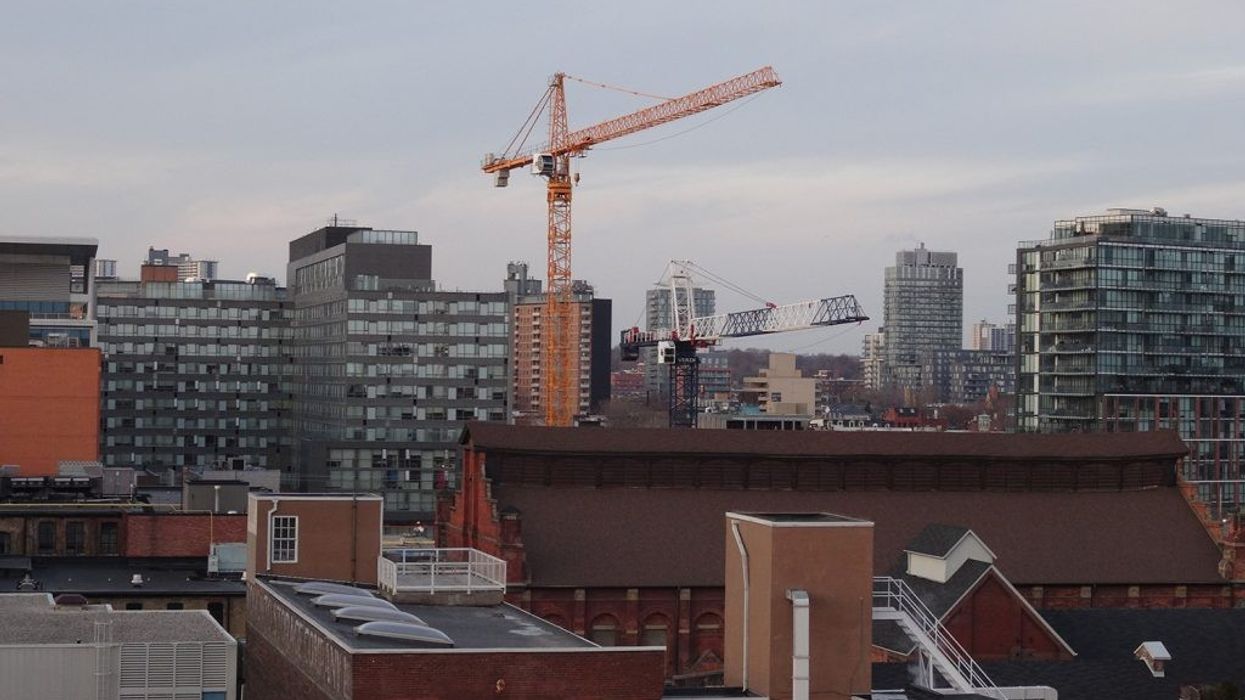A recent CBC News series called No Fixed Address on the Toronto rental market, and the subsequent media coverage which followed has, not surprisingly, prompted NDP MPP Peter Tabuns to introduce a private member's bill.
The left-of-centre member from Toronto—Danforth announced late last week his plan to make rental housing more affordable in the province. The solution, suggests Tabuns, is to end a rent control exemption currently in place on rental units built after 1991.
“The exemption that exists now for buildings built after 1991 needs to go,” he told listeners in an interview with CBC Radio’s Metro Morning. He added that “it’s putting people in a very difficult situation.”
And while the rental market in the province, and specifically Toronto, is indeed facing significant challenges, populist policy announcements and the pursuit of headlines isn’t what’s needed from legislators.
For those facing high rents and low vacancies, a more considered response that seeks input from politicians, industry, advocates and tenants is what’s required, now more than ever. As the Federation of Rental-Housing Providers of Ontario’s (FRPO) president Jim Murphy said in a statement, “delivering new, much needed, purpose-built rental housing, an affordable marketplace, and vital tenant protections doesn’t demand individual legislative pronouncements, but thoughtful and sound policy that reflects the voices of those directly impacted.”
And while Murphy’s plea for patience and consultation seems wise, let’s look a bit deeper at what Tabuns suggests is the main culprit — what is commonly referred to as the “1991 Exemption”.
This law, introduced by the Bob Rae government and passed by the Tories in 1996, exempts rental units built after 1991 from rent controls — the policy that proscribes rent increases permitted year over year (the current government has restricted rent increases under rent control guidelines to less than 2.5 per cent; the guideline for 2017 is 1.5 per cent).
This isn’t a loophole in the law, it is law.
Law which every government since the mid-1990s has supported, because officials knew it was sound policy. Each government, including the Wynne government, has up to now recognized the need for new purpose-built rental housing in the province, and the need for policy which would encourage its development.
While opponents of the 1991 Exemption will suggest the law is the problem directly contributing to the affordability issues in today’s rental market, only approximately 18 per cent of the current market was built after 1991.
So while Housing Minister Chris Ballard says his government is serious about reducing the pressure of housing costs felt by Ontarians, he will have to recognize that with more than 80 per cent of the rental market subject to rent controls, the 1991 Exemption isn’t the problem.
But for Tabuns and the activists who share his belief that the prescription to heal a suffering rental market lies in dismantling the 1991 Exemption, they’re merely treating the symptoms, and not the cause.
The best course of action to creating a healthy rental market is to encourage new rental housing stock to be built. To encourage development. To create a stable market that attracts investment. To give renters options.
This year, according to Urbanation, 27,000 new rental units are being planned (triple what was proposed in 2016). That’s 27,000 new rental homes for Ontarians that will be added in the coming years, in various markets, sizes and price points, all responding to what the local market demands.
The solution to creating a healthy and affordable rental sector may not lie in increased rental controls, but in increased rental development.





















